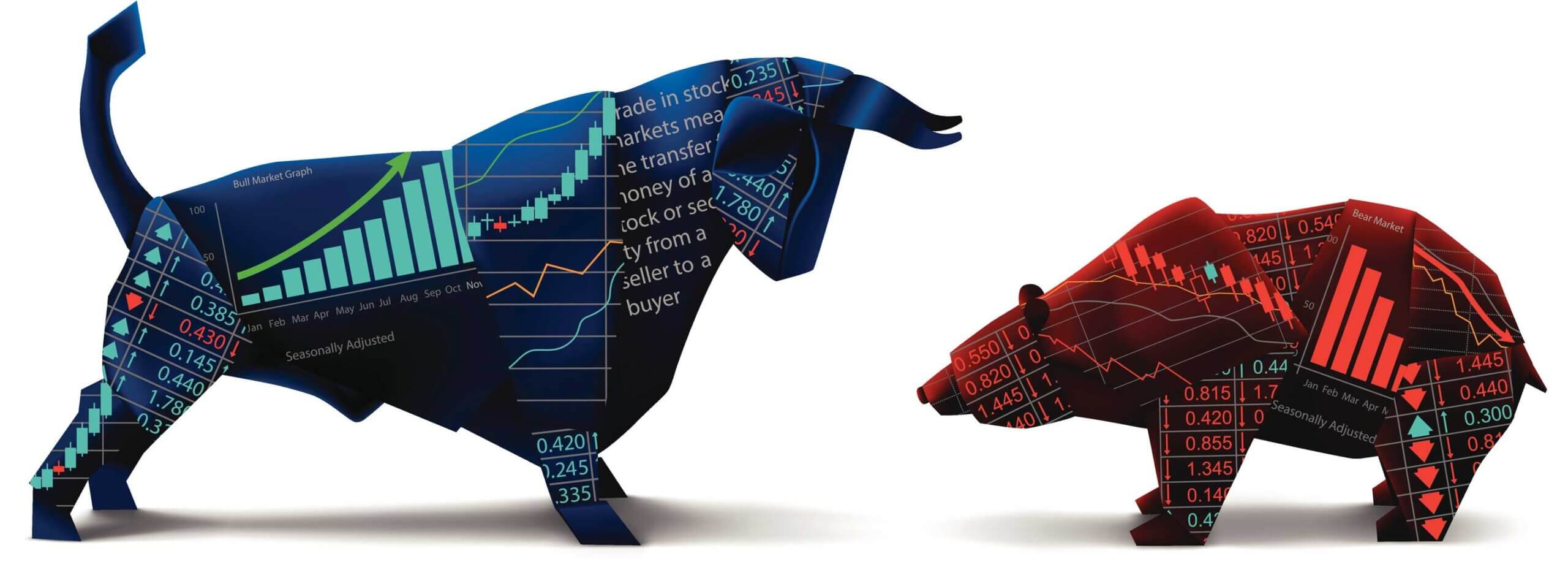Stablecoins promise stability in a wild crypto world—but can they really defy the chaos? The future of digital money hangs in the balance.
Stablecoins are the calm in the often stormy sea of cryptocurrency markets. They’re a type of digital currency designed to keep their value steady, unlike Bitcoin or Ethereum, which can jump up and down like a roller coaster. The question “What is a stablecoin?” has become essential in today’s crypto conversations, especially for those interested in digital finance and blockchain technology.
At their core, stablecoins try to maintain a price parity, usually pegged to a stable asset like the US dollar or gold. This means one stablecoin token typically equals one unit of that asset. Think of them as the digital equivalent of a dollar bill, except they live on the blockchain.
There are three main types of stablecoins, each with a unique method to stay stable:
- Fiat-backed stablecoins
- Crypto-collateralized stablecoins
- Algorithmic stablecoins
Fiat-backed stablecoins are the most straightforward. For every stablecoin out there, a real dollar (or equivalent fiat currency) sits in a bank account somewhere. These fiat assets guarantee the stablecoin’s value. USDT (Tether) and USDC (USD Coin) are leading examples in this category. They’re simple and familiar, but you do have to trust the entity holding the actual fiat money.
“Fiat-collateralized stablecoins offer the closest thing in crypto to physical cash. The main drawback? You rely on the honesty and auditing of the central issuer.” — CoinDesk
Next up, the crypto-collateralized stablecoins throw fiat out the window. Instead of being backed by real-world money, these stablecoins are secured by other cryptocurrencies locked in smart contracts. Because crypto prices fluctuate, they’ve got to over-collateralize; that means holding more crypto than the value of stablecoins they issue. DAI from MakerDAO is the prime example here. If the value of the crypto in the vault drops, the system automatically sells some of it off to keep the stablecoin value locked in.
Algorithmic stablecoins sound fancy, and they are. They don’t rely on collateral but use computer code to control the supply. When prices rise above the target (say $1), more coins get minted, increasing supply and pushing the price down. If prices drop below $1, coins get bought back or taken out of circulation. This sounds neat but has had a rocky history. The infamous TerraUSD collapse in 2022 is a cautionary tale for algorithmic stablecoins.
“Algorithmic stablecoins tried to do the impossible by maintaining price without any backing assets. Spoiler alert: it didn’t end well.” — The Block
Stablecoins have a huge role beyond just sitting on exchanges and offering price stability. In the booming DeFi (decentralized finance) sector, stablecoins are often the *currency of choice* for lending, borrowing, and yield farming. They reduce risk for participants who want to avoid dealing with volatile tokens. For example, users might lock stablecoins in a smart contract to earn interest or use them as collateral for loans, all without dipping into traditional banks.
Additionally, stablecoins are reshaping global remittances. Sending money internationally often means hitting fees and facing delays. Stablecoins cut down those costs and time by operating on blockchain networks that run 24/7. Companies working with remittance are increasingly adopting stablecoins to make sending money across borders easier and quicker.
But it’s not all sunshine and rainbows. Stablecoins bring regulatory and trust issues. Since fiat-backed versions depend on centralized issuers, regulators worry about transparency and financial stability risks. Crypto-backed coins are safer from central authority but can be complicated and technically daunting. Algorithmic models still need to prove their long-term sustainability.
So, what does the future hold for stablecoins? According to industry watchers at Chainalysis, “Stablecoins will continue to be the backbone of tokenized money within and beyond crypto markets.” Their stability is key to crypto’s wider adoption by everyday users and businesses.
To sum up, stablecoins are digital currencies designed to maintain a steady value, making them essential tools for trading, finance, and remittances in the blockchain era. Whether backed by traditional money, crypto assets, or algorithms, they each strive to solve one big problem in crypto—volatility.





